Getting Outlet Box Edges Flush
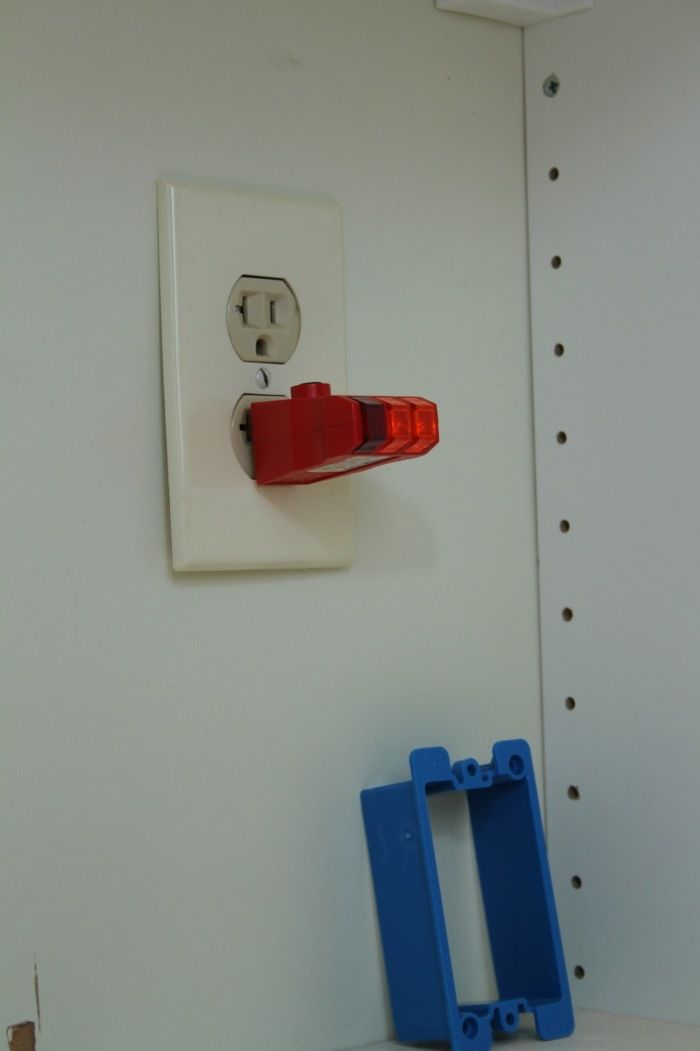
If an outlet box is more than 1/4 in. below a noncombustible surface, use an add-a-depth ring (AKA a “goof ring” or a box extender) to make box edges flush. Plastic goof rings, being nonconductive, are best.
A common symptom of a box that’s set too deep is a receptacle that wobbles when you insert a plug. Typically, a remuddler got the bright idea of using the cover plate to suck the receptacle towards the surface. (Eventuallly, the cover plate will crack.) If this condition has existed for some time, it’s wise to plug in a circuit analyzer to see if the circuit is correctly wired.
Before starting your repair, turn off the power to the outlet and test to be sure it’s off. Remove the plastic cover plate to expose the conductors in the box and test again. Once you’ve again verified that the power is off, unscrew the device and pull it out from the box.
Slide the plastic goof ring over the receptacle and fit both back into the outlet box. As most goof rings have integral spacers you may not need to use plastic spacers to make the device flush. In the example shown, the cabinet back was not parallel to the wall (and to the outlet box behind it) so the electrician added plastic spacers behind the top mounting tab of the receptacle. When the receptacle was reinstalled, it sat flush and was solidly mounted.
Note: The cabinet back was particleboard, so the goof ring also corrected another code violation: Outlet boxes must be completely flush with combustible surfaces such as wood paneling or wood composites, with no gaps around the box.
—
This blog is adapted from Wiring Complete 2nd Edition, which just arrived from the printer this week (April 8), so you can be among the first to own it. WC2 has 800 photos, 50 detailed schematics and includes advanced products such as wireless switches, LED conversion kits, and whole-house systems. Click here for a complete Table of Contents. My co-author, Michael McAlister, is a licensed electrician, C-10 Electrical Contractor, and B General Building Contractor in California.
On a related note, Renovation 4th Edition, which contains thousands of field-tested tips and techniques from master builders across North America, has topped Amazon’s carpentry category for the last five months. R4‘s 614 pages include 250+ technical drawings and 1,000 photos selected from the 40,000 that I have taken over the years. I hope you find these books useful on your next project. -Mike
© Michael Litchfield 2013
Fine Homebuilding Recommended Products
Fine Homebuilding receives a commission for items purchased through links on this site, including Amazon Associates and other affiliate advertising programs.
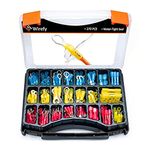
Reliable Crimp Connectors
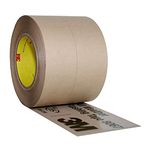
8067 All-Weather Flashing Tape
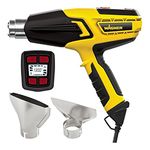
Handy Heat Gun
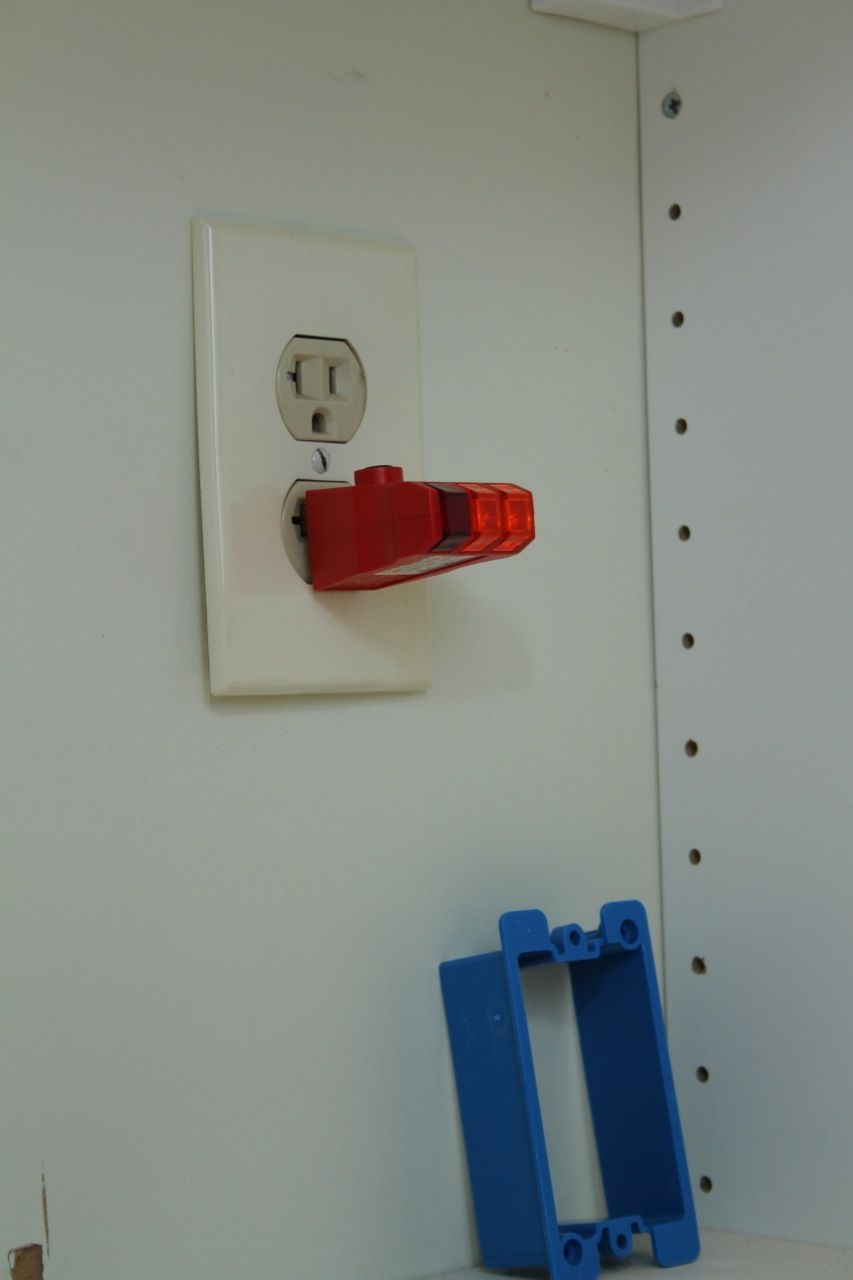
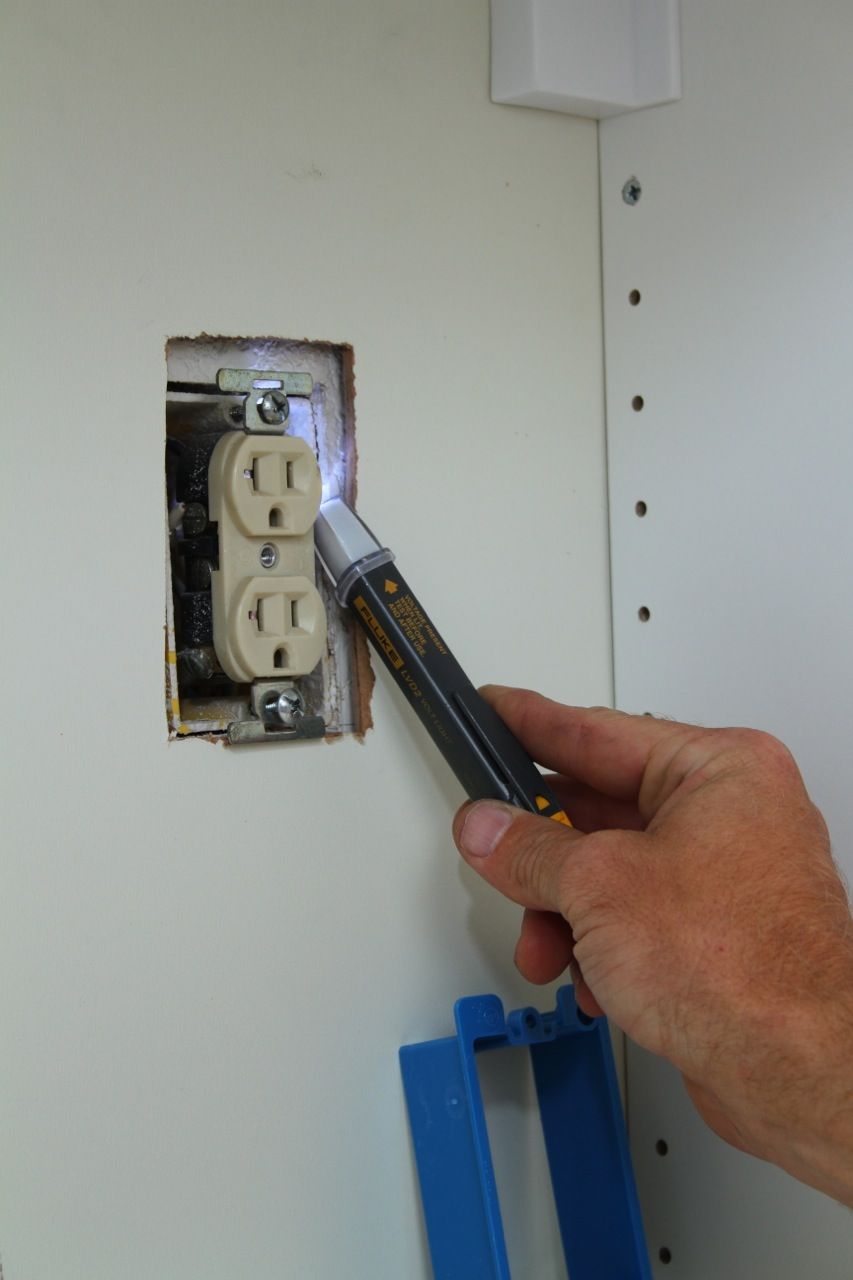
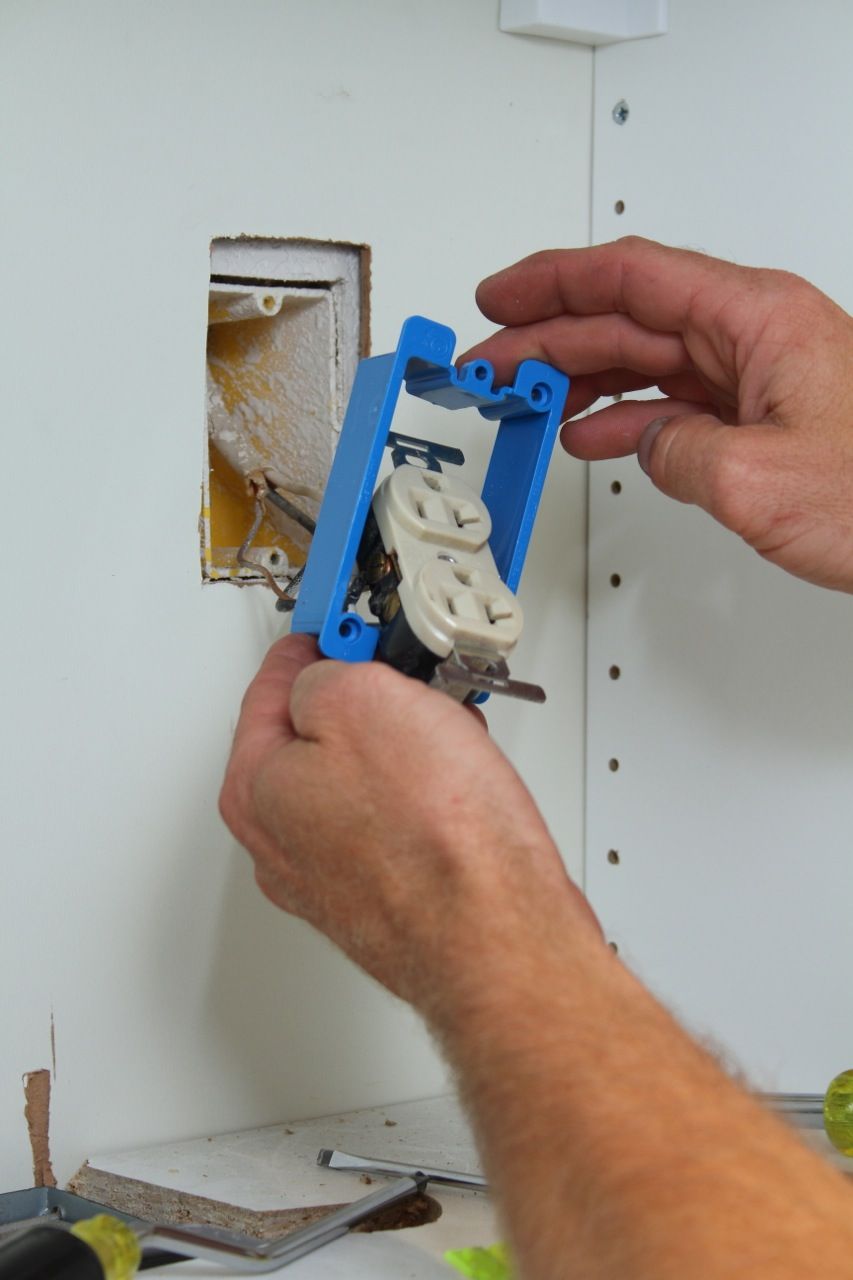
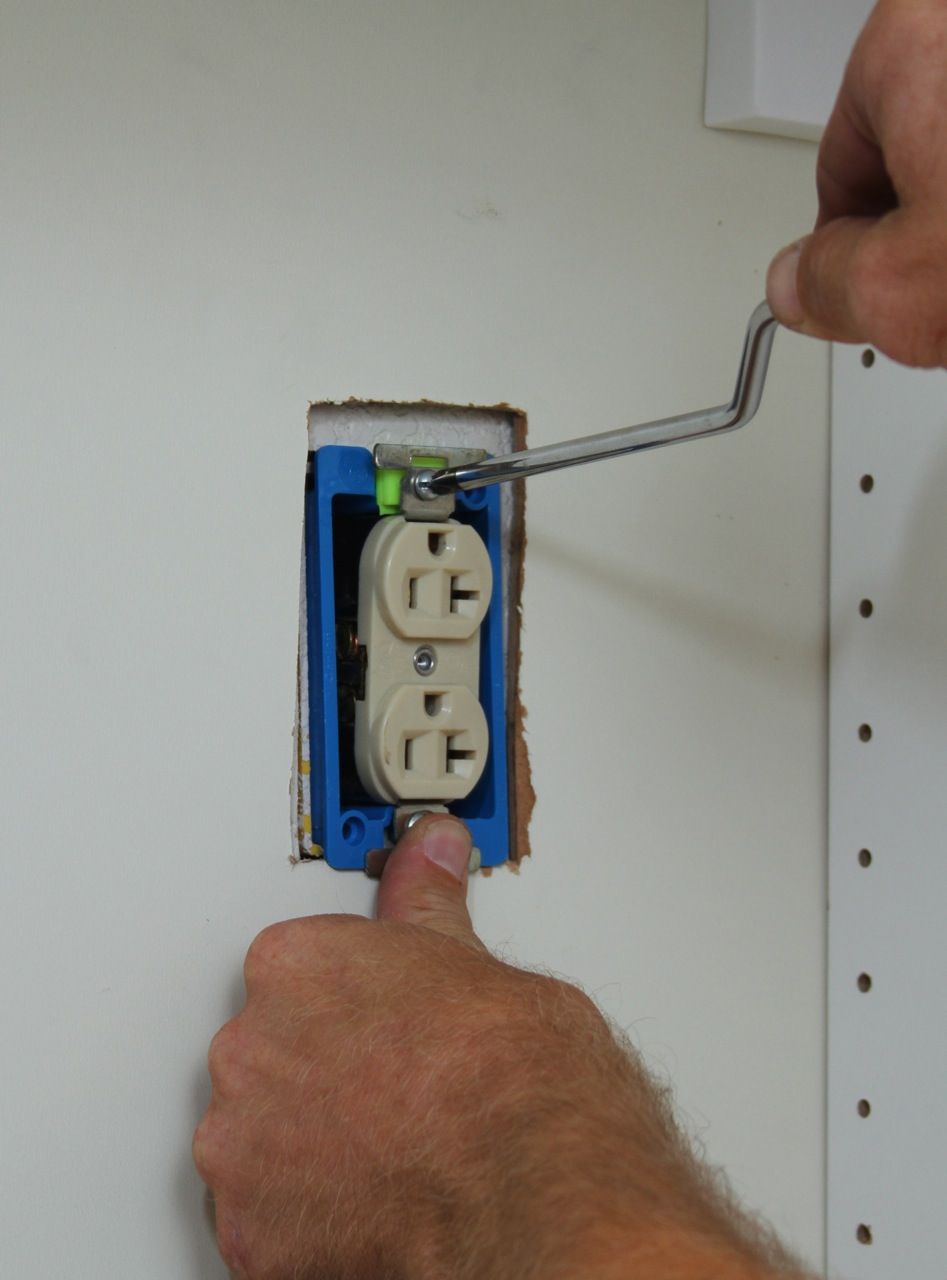
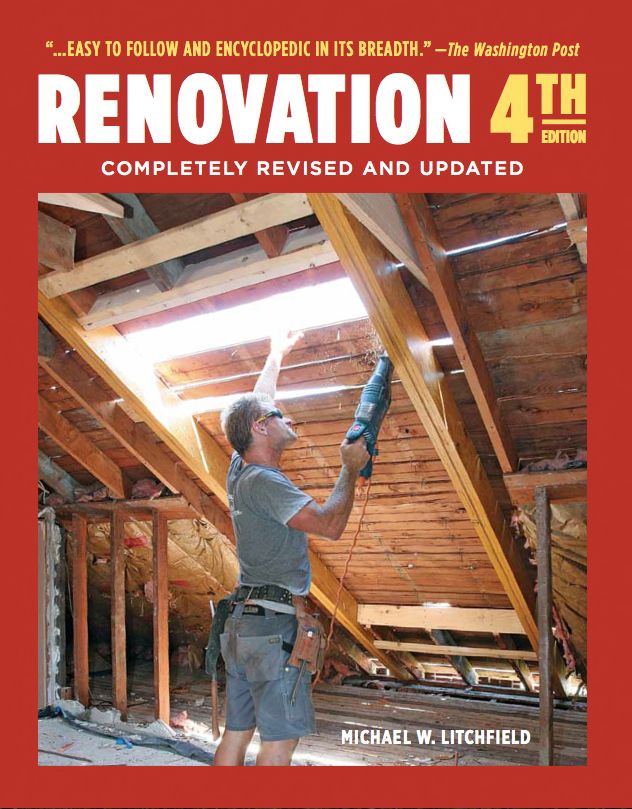
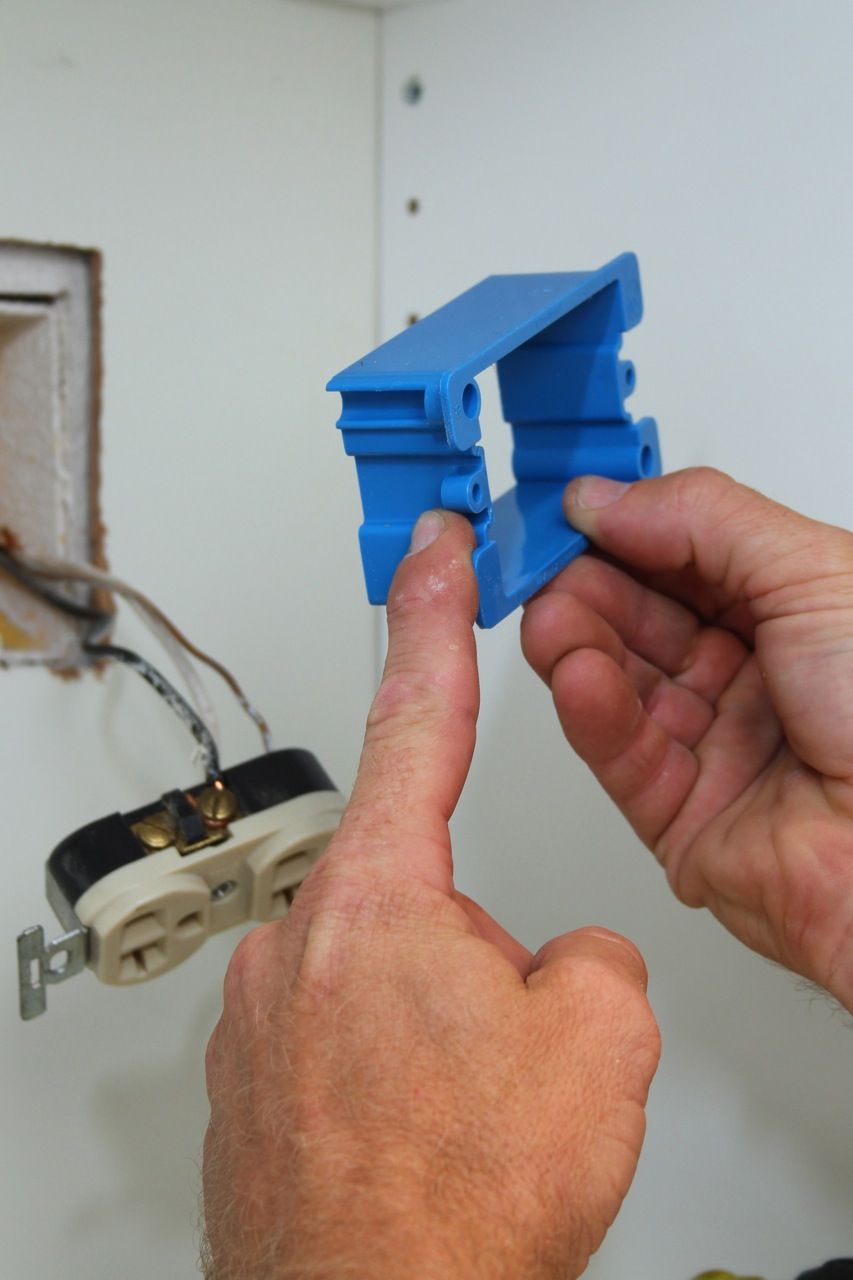



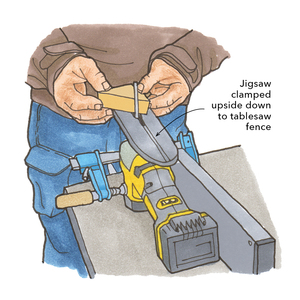




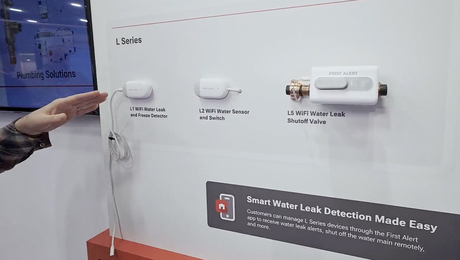
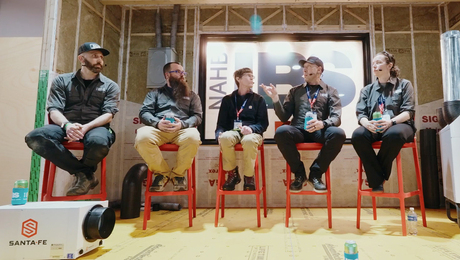












View Comments
That's all fine and good, but any tips for what to do when the box is proud of the sheetrock/finished surface?
In reply to Fredlf,
You usually have to remove and reinstall the box (sometimes using a shallower as happens in plaster and lath walls which are right next to brick. Sometimes though a good wallop with the estwing or 3 pound sledge will solve a proud box :-)
This is a great article sharing about the boxes edges and how to keep them from being fixed the wrong way. There might be some unforeseen circumstances if we were to simply fix the outlets without following proper methods. Not only will the tools not work properly, but there could be risks of hazards befalling us too. Therefore, always take precautions when handling electrical components.